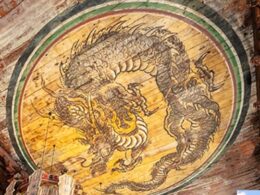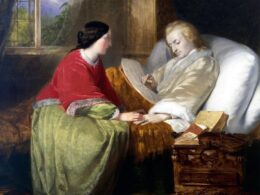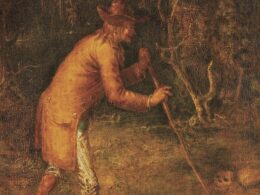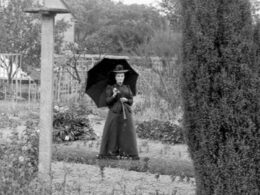Charles J. Biddle (1890–1972)
From World War I and America: Told by the Americans Who Lived It
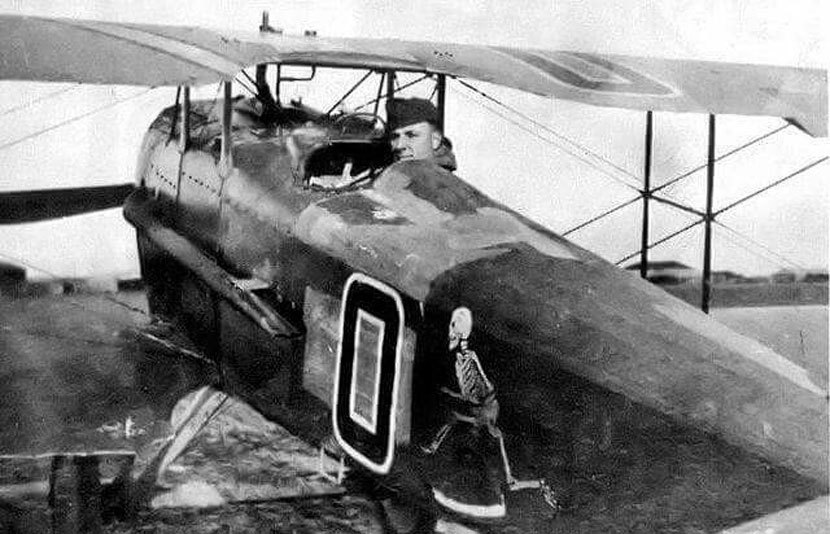
A century ago today, on December 7, 1917, eight months after declaring war on Germany, the United States declared war on Austria-Hungary.
American forces had been shipping out to Europe for several months, and Army engineers played saw action in the Battle of Cambrai during the first week of December. But it wasn’t until the spring of 1918, when an average of 10,000 soldiers were arriving each day, that the U.S. military began playing a more notable role in the war’s major campaigns. In all, about 4.8 million Americans served in the war, including 2.8 million who were drafted.
Yet a number of Americans had been fighting long before U.S. forces began to arrive. In March 1917, weeks before the U.S. entered the war, Charles J. Biddle (scion of a prominent Philadelphia family) went to Europe and enlisted in the French air service as a pilot. He remained in the French military until January 1918, when he joined his fellow Americans and flew for the Army. A month before his transfer, however, Biddle emerged victorious from a dogfight in which he found himself without any working weaponry and within fifty meters of the enemy. He describes the experience in “Shooting Down a ‘Hun,’” our Story of the Week selection.
